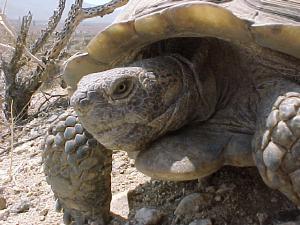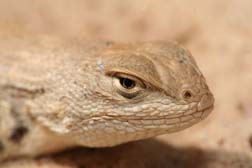 The US Fish and Wildlife Service announced yesterday that the dunes sagebrush lizard (Sceloporus arenicolus) would not be listed under the Endangered Species Act because voluntary conservation methods undertaken by private landowners in Texas and New Mexico have worked so well.
The US Fish and Wildlife Service announced yesterday that the dunes sagebrush lizard (Sceloporus arenicolus) would not be listed under the Endangered Species Act because voluntary conservation methods undertaken by private landowners in Texas and New Mexico have worked so well.
The most interesting thing about the dunes sagebrush lizard is that its habitat happens to be among the richest oil-producing regions in the lower-48 states. A listing would curtail drilling for oil and gas in the region, so it’s no surprise that the oil industry has fought against a federal listing for the lizard for decades.
Is the decision a victory for the oil industry? For conservation agreements? For the lizard?
That certainly depends on your point of view. You can see two different points of view on display in these articles. The Reuters report buries the information that environmental groups are unhappy with the ruling, and gives only a tepid quote from one of the organizations that disagrees. Read the Reuters piece here.
The Fort Worth Star-Telegram puts environmentalists’ displeasure at the top of the story and includes a more forceful quote from the same source. Read the Star-Telegram report here.
A KXAN TV story provides some helpful details.
Photo courtesy of US Fish and Wildlife

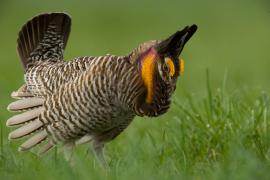 Greater prairie chickens are booming again this spring in Wah-Kon-Tah Prairie, Missouri. The species had been extirpated from the area until five years ago when the Missouri Department of Conservation translocated some greater prairie chickens from Kansas.
Greater prairie chickens are booming again this spring in Wah-Kon-Tah Prairie, Missouri. The species had been extirpated from the area until five years ago when the Missouri Department of Conservation translocated some greater prairie chickens from Kansas.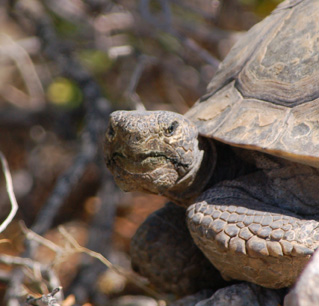 Which is more important, to save the global environment or to protect a particular ecosystem?
Which is more important, to save the global environment or to protect a particular ecosystem?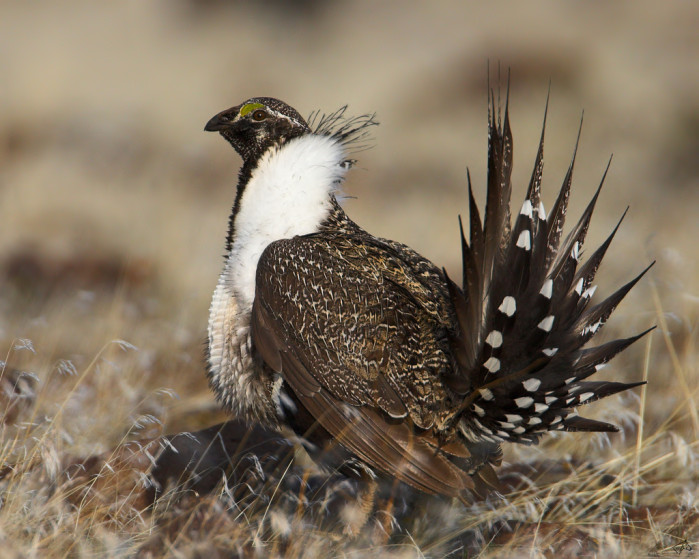 A recent study of sage grouse in northeastern Wyoming says that the population there is just one severe weather event or West Nile outbreak away from extirpation. The study was conducted by three University of Montana wildlife biologists on behalf of the US Bureau of Land Management (BLM).
A recent study of sage grouse in northeastern Wyoming says that the population there is just one severe weather event or West Nile outbreak away from extirpation. The study was conducted by three University of Montana wildlife biologists on behalf of the US Bureau of Land Management (BLM).